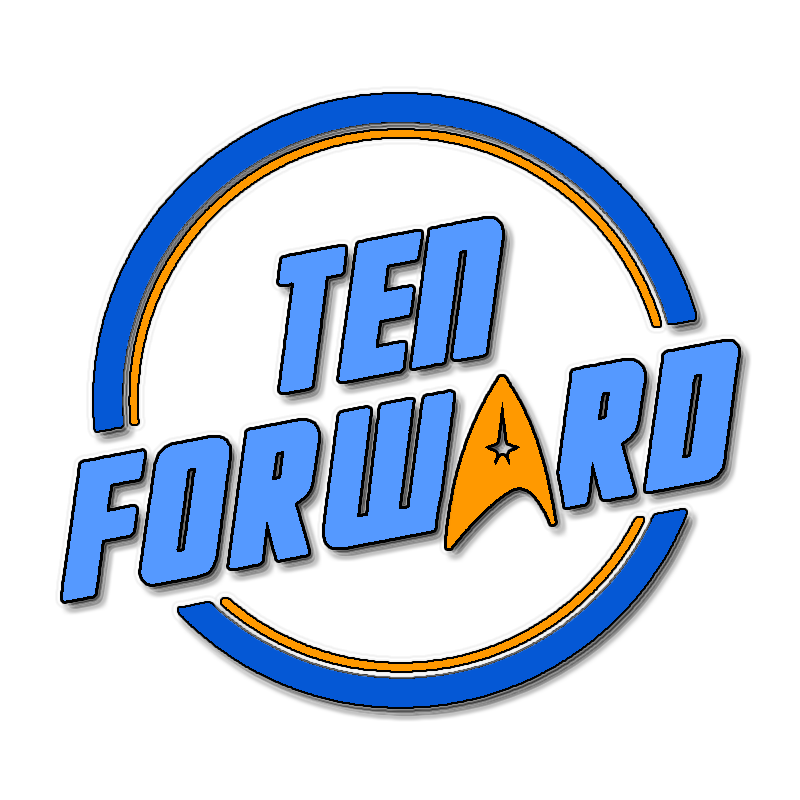

It got surprisingly heavy in places, and I didn’t realize I had grown so attached to some of those characters!
Campaign 2 was great—I really loved the guest star and secondary plot, and I’m now on C3. Have been binging the hell out of it for the past 6 months or so








You might be interested in Zygmunt Bauman’s analysis in his book Modernity and the Holocaust
From the linked wiki summary:
A sociologist friend broke it down for me a long time ago, and, basically, rationalizing everything into a number helped to dehumanize people and paved the way for Nazi atrocities.
That said, I don’t think “technology” on its own is fascist — technology itself is dependent on how people use it, as others in this thread have pointed to the existence of FOSS as a foil to the use of technology as a method of control by those with power.